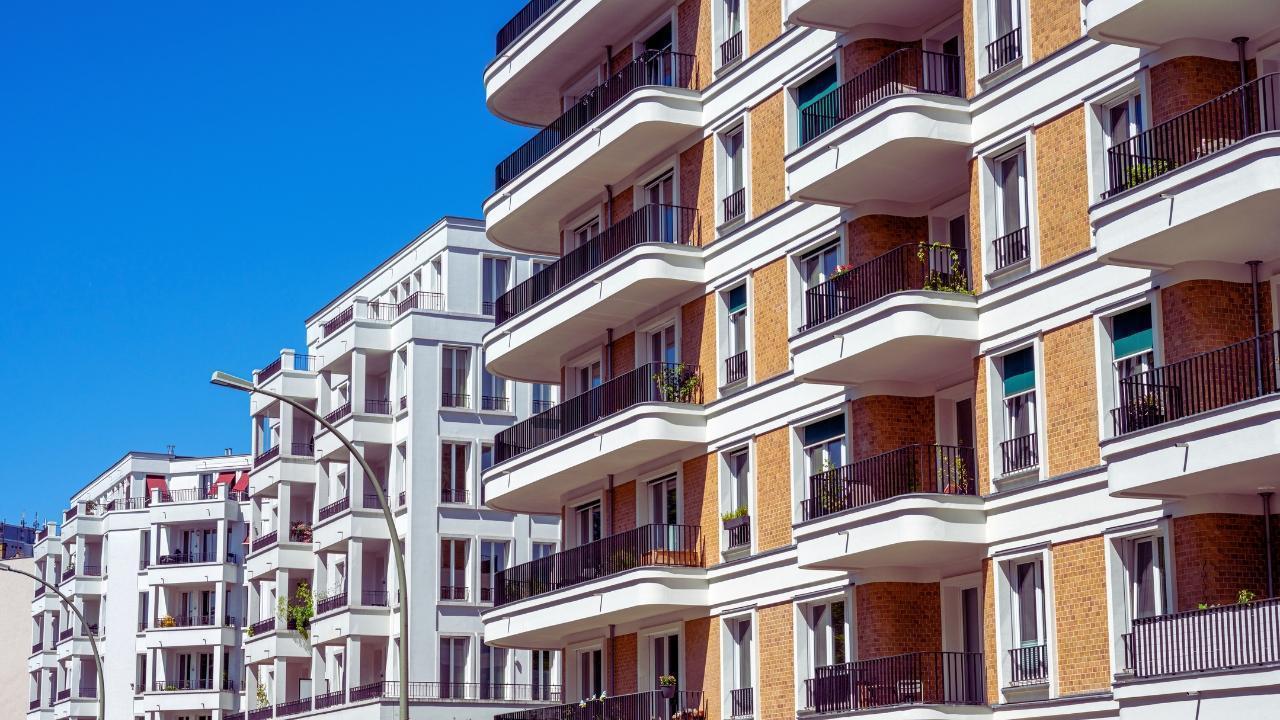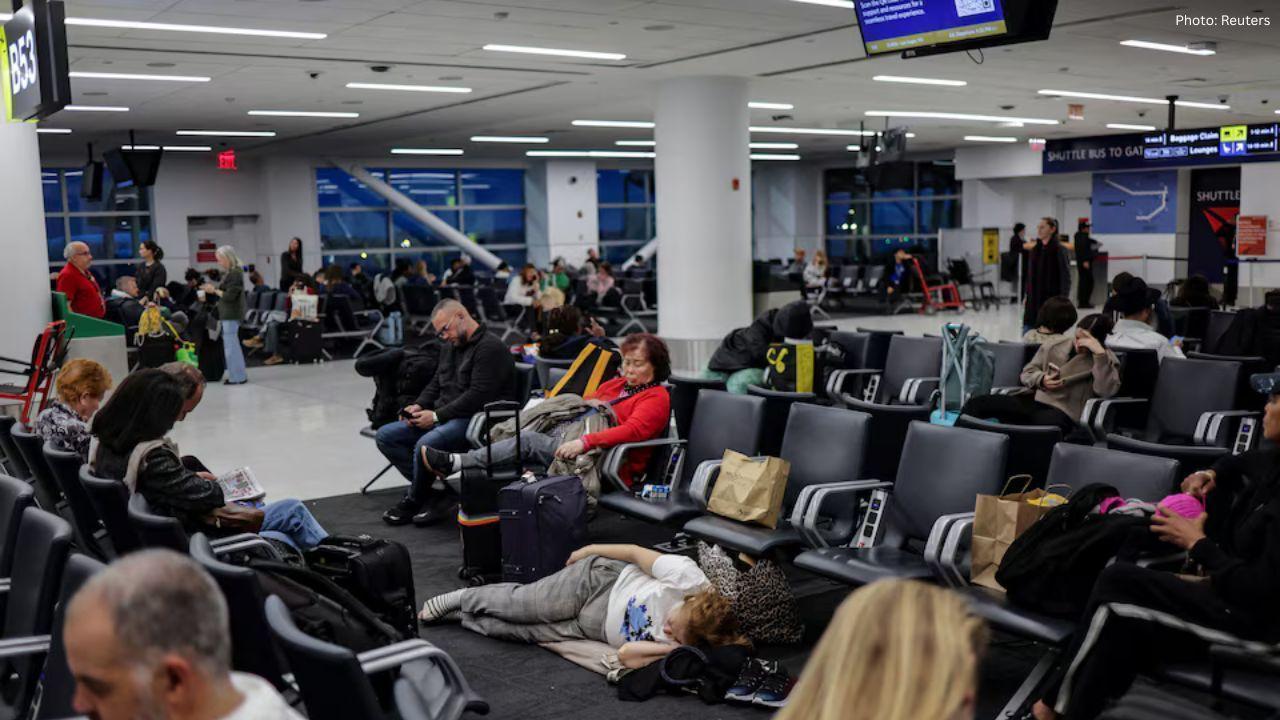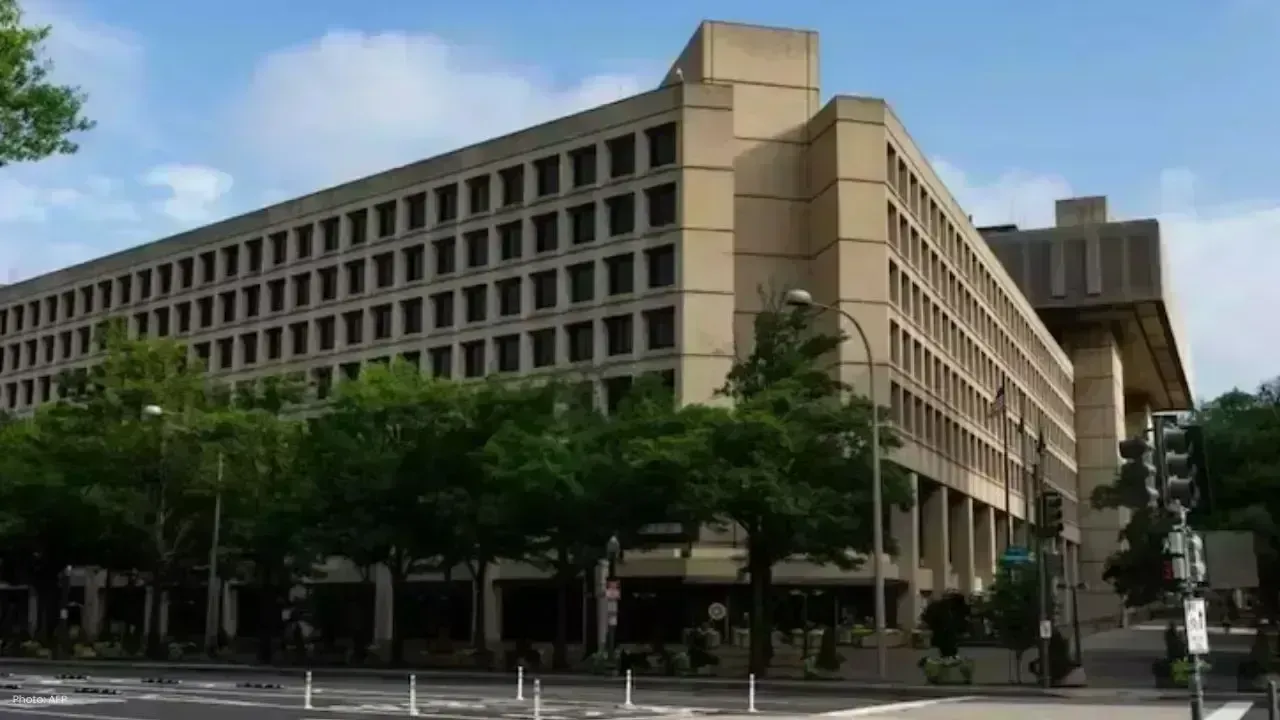You have not yet added any article to your bookmarks!

Join 10k+ people to get notified about new posts, news and tips.
Do not worry we don't spam!

Post by : Anis Farhan
In May 2025, the Singapore Ministry of National Development (MND) released its much-anticipated Housing 2040 Blueprint, a comprehensive long-term strategy that outlines the island state's vision for public housing, sustainability, and social integration. The policy, more than a decade in the making, is being seen as both a pragmatic and philosophical reset of Singapore’s housing approach in the face of aging demographics, climate imperatives, and socio-economic polarization.
For a country where more than 80% of the population lives in public housing, the blueprint is not just about infrastructure—it's about identity, equity, and urban resilience.
At the core of the Housing 2040 vision is a commitment to affordability. The government plans to expand subsidized housing supply by 35% over the next 15 years, focusing especially on middle-income earners and single-person households—a demographic that has grown steadily over the past decade. To curb speculative pressures, the blueprint also introduces stricter ownership criteria and longer minimum occupation periods for resale flats in prime locations.
But affordability is being pursued in tandem with environmental responsibility. All new public housing developments launched from 2026 onwards will adhere to Green Mark Platinum Super Low Energy standards, integrating passive cooling design, rooftop solar panels, and zero-waste construction techniques. The government has also pledged to retrofit 50% of existing flats to meet green standards by 2040, with support from a newly launched Green Homes Incentive Fund.
With one in four Singaporeans expected to be aged 65 and above by 2030, the policy takes a deliberate step toward intergenerational and aging-in-place design. Future public housing estates will feature "silver precincts" equipped with elderly-friendly features—step-free walkways, automated lifts, community health hubs, and in-unit telemedicine kiosks.
What’s new, however, is the idea of “community-centered vertical living”. This reimagines high-rise public housing as ecosystems of mutual support, combining child-care facilities, co-living zones for young adults, senior activity centers, and community farms—all stacked within multi-use towers. These vertical communities aim to replace the anonymous apartment block with a lived experience of connectedness and care.
Another pillar of the blueprint is digital integration. The Housing Development Board (HDB) will use predictive urban analytics to anticipate population shifts, service demand, and infrastructure stress points. With the support of Singapore’s national AI cloud, planners will simulate urban growth scenarios to fine-tune land use decisions decades in advance.
A new Digital Estate Dashboard—accessible to both planners and residents—will track energy use, maintenance needs, and neighborhood health indicators. This granular data approach is designed to empower not just the state, but communities themselves, to manage shared spaces proactively.
Inequality remains a sensitive issue in Singapore’s tightly planned society. The Housing 2040 plan addresses this through an “equity embedded design” principle—dispersing social housing, premium units, and rental flats evenly across neighborhoods. A pilot program launched in Punggol and Queenstown in early 2025 has seen positive results in social mixing without gentrification backlash.
Moreover, the government is experimenting with mixed-income governance boards, allowing residents from varied income brackets to co-manage precinct affairs. Early evaluations suggest this model may reduce stigmatization and foster inclusive urban citizenship.
Despite its progressive framing, the blueprint has its critics. Some urban economists argue that the affordability targets remain vague and potentially constrained by land scarcity. Others caution against over-centralizing data collection in the name of planning efficiency, which could lead to privacy concerns or technocratic overreach.
Environmental groups have praised the plan’s ambitions but have pushed for more aggressive targets for decarbonizing construction supply chains and reducing embodied emissions.
Still, the policy has been largely welcomed by planners, academics, and civil society as a bold recalibration of Singapore’s celebrated housing model—one that now aims to blend economic logic with social and ecological well-being.
If successful, Singapore’s Housing 2040 Blueprint could become a reference point for megacities grappling with density, aging, and climate adaptation. It offers a rare, cohesive vision of how urban policy can move beyond infrastructure to build intentional, inclusive, and intelligent communities.
In a global landscape increasingly defined by urban stress and fragmentation, Singapore is betting that long-term thinking, backed by data and empathy, can still shape the cities of tomorrow.
This article is for informational purposes only. It does not constitute real estate, legal, or investment advice. Readers should consult official urban development plans and policy papers for detailed updates.










Akshaye Khanna exits Drishyam 3; Jaideep Ahlawat steps in fast
Producer confirms Jaideep Ahlawat replaces Akshaye Khanna in Drishyam 3 after actor’s sudden exit ov

Kapil Sharma’s Kis Kisko Pyaar Karoon 2 to Re-release in January 2026
After limited screens affected its run, Kapil Sharma’s comedy film Kis Kisko Pyaar Karoon 2 will ret

Hrithik Roshan and Saba Azad Celebrate Christmas at Family Party
Hrithik Roshan and Saba Azad celebrated Christmas at Sussanne Khan’s party, sharing happy moments wi

China Sanctions 20 US Defense Firms Over Taiwan Arms Sales Dispute
China imposes sanctions on 20 US defense companies and 10 executives for supplying arms to Taiwan, e

Salman Khan’s Grand 60th Birthday Bash at Panvel Farmhouse Shines Bright
Salman Khan celebrates his 60th birthday with a grand party at Panvel farmhouse, sharing joyful mome

Thailand Defence Minister Joins Talks to End Deadly Border Clash
Thailand’s defence chief will join talks with Cambodia as border clashes stretch into a third week,